Which car brands flew off the forecourt and which ones could do with a jump-start? Our end-of-year report reveals all
The total number of new car registrations in 2017 is expected to be just over 2.5 million, down 5% on the record year of 2016.
Given the current economic and political uncertainty, that is a fairly encouraging result, although a further fall of 5% is expected in 2018.
From then on, the industry expects the market to stabilise at around 2.4 million registrations per year. Long-term forecasts, meanwhile, are less clear and hinge on the results of Brexit.
ALFA ROMEO - UP
- 2016 market share: 0.18%
- 2017 market share: 0.20%
Alfa Romeo has been drinking in the last chance saloon for so long that the place is running dry. The Stelvio is Alfa's last shot: if that doesn't do the trick, the car maker may need a new owner.
ASTON MARTIN - UP
- 2016 market share 0.03%
- 2017 market share: 0.06%
Global sales are up around 30%, thanks to the DB11. The company is making a profit, and there is talk of floating it on the stock exchange. If you can't afford the cars, how about buying a bit of the company?
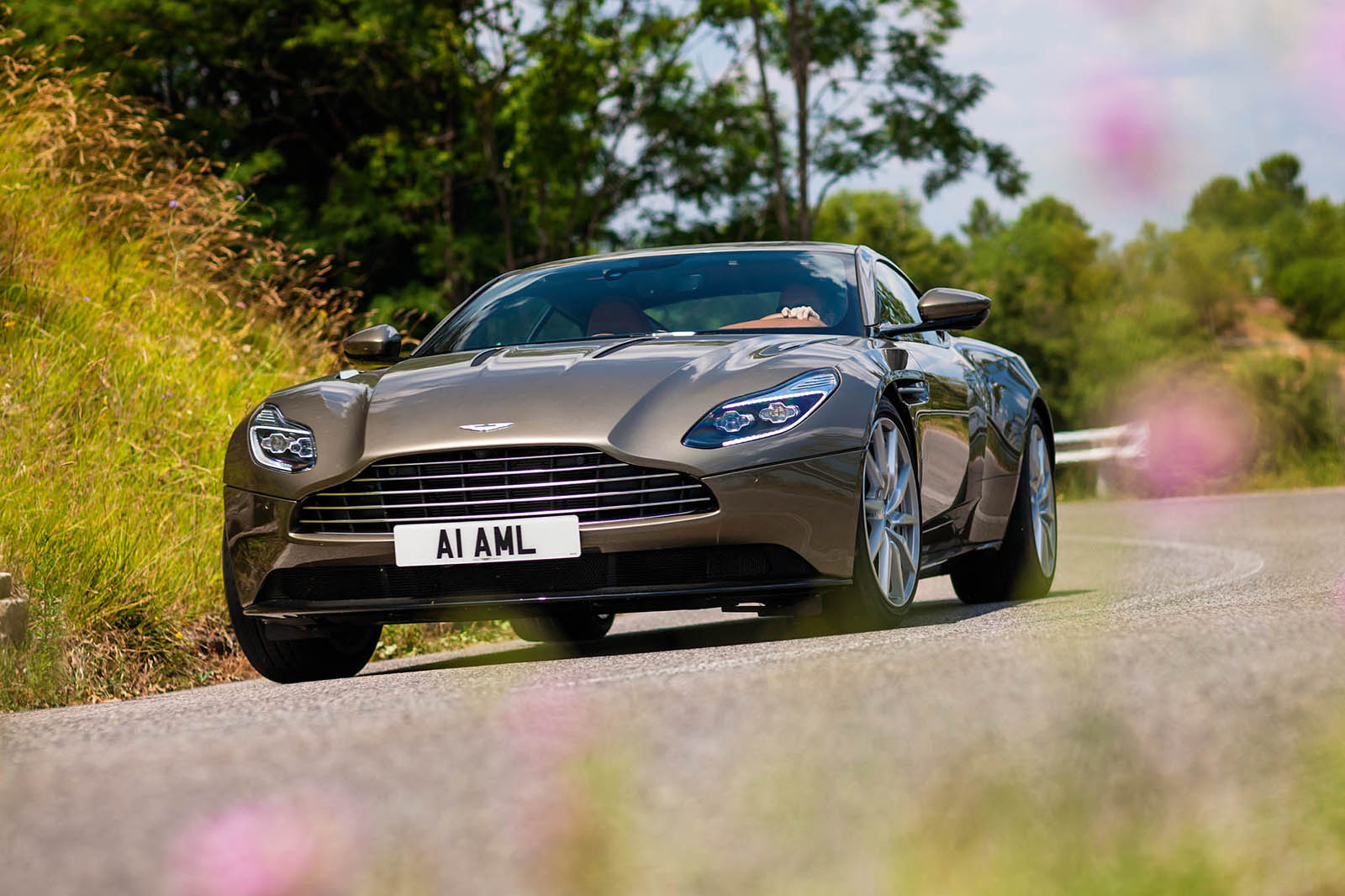
AUDI - UP
- 2016 market share: 6.58%
- 2017 market share: 6.88%
Audi is now slightly ahead of BMW in the UK for the first time. This is mostly due to sales of crossovers and, in particular, the Q2.
BENTLEY
- 2016 market share: 0.07%
- 2017 market share: 0.07%
Bentley's rise has temporarily stalled: rising Bentayga sales are only compensating for falling Continental GT registrations. The imminent new Conti GT has work to do.
BMW - DOWN
- 2016 market share: 6.78%
- 2017 market share: 6.77%
BMW is suddenly looking a bit staid. It has been overtaken by Mercedes and struggling to stay ahead of Audi. The new X2 (right) is desperately needed.
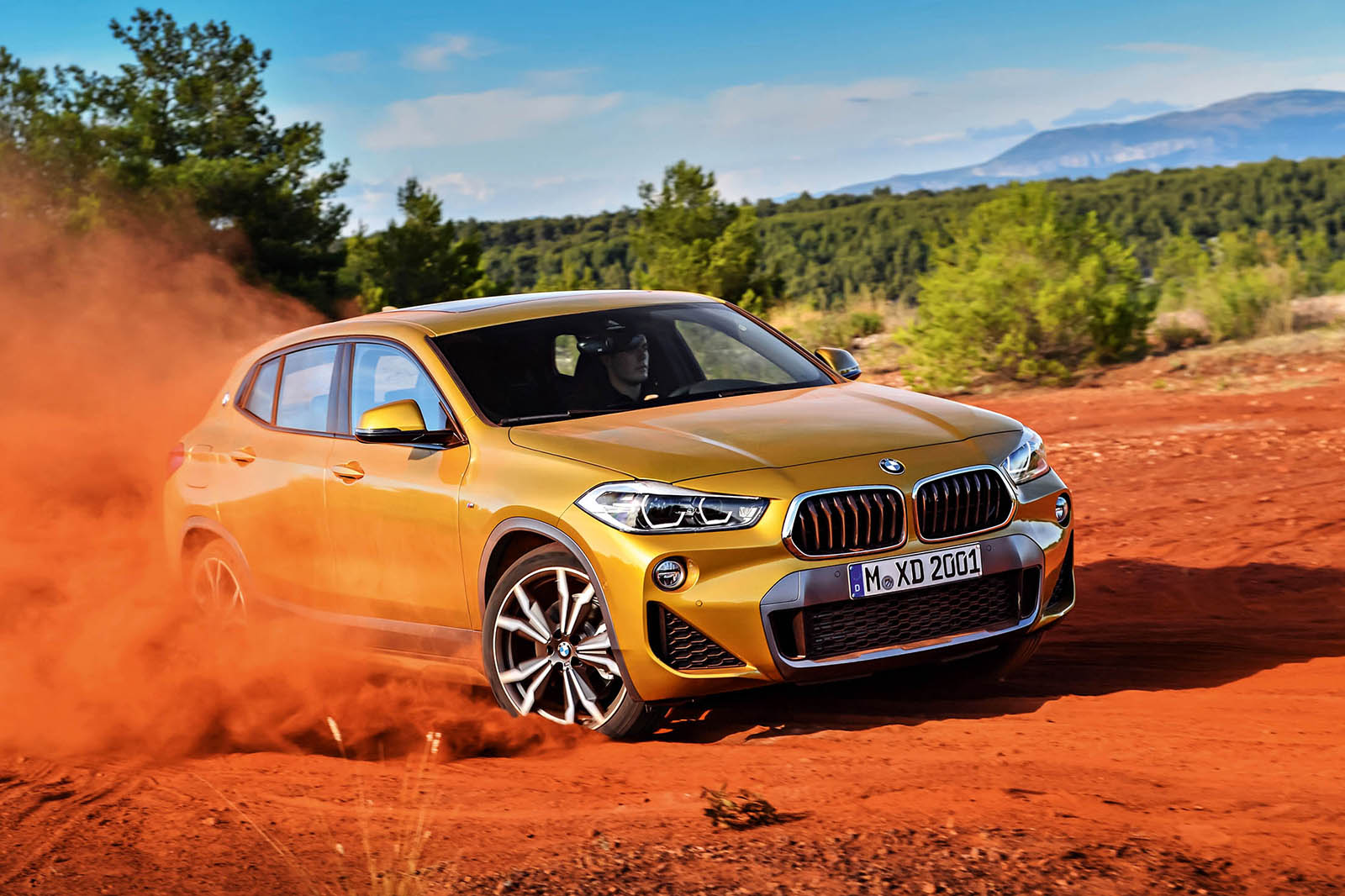
DACIA - UP
- 2016 market share: 0.98%
- 2017 market share: 1.01%
After a period of stability, the 2018 Duster should give Dacia sales a major push.
DS - DOWN
- 2016 market share: 0.61%
- 2017 market share: 0.37%
The company's reaction to sales falling by 43% is to say that the DS brand will become a top global luxury brand like Hermès. Good luck.
CITROEN - DOWN
- 2016 market share: 2.40%
- 2017 market share: 2.06%
The new C3 hatch accounts for more than 30% of Citroën's total sales, mainly because every other model has fallen sharply. Even the C4 Cactus is suffering: registrations fell by more than 40%.
FERRARI - UP
- 2016 market share: 0.03%
- 2017 market share: 0.04%
Mamma mia! Ferrari's voluble chairman, Sergio Marchionne, has been suggesting that, by 2022, Ferrari could be a manufacturer of SUVs that is no longer involved in Formula 1. The former is probably inevitable, but the latter is surely posturing.
FIAT - DOWN
- 2016 market share: 2.40%
- 2017 market share: 1.96%
Apart from the evergreen 500 city car, Fiat appears unable to maintain sales of any new model for more than 24 months. Last year, sales of the 500L collapsed and, this year, it was the turn of the 500X.
FORD - DOWN
- 2016 market share: 11.83%
- 2017 market share: 11.38%
The market share loss is mostly due to the model changeover of the Fiesta, which accounts for one-third of all Ford sales. The Mondeo, incidentally, now accounts for less than 5% of Ford registrations.
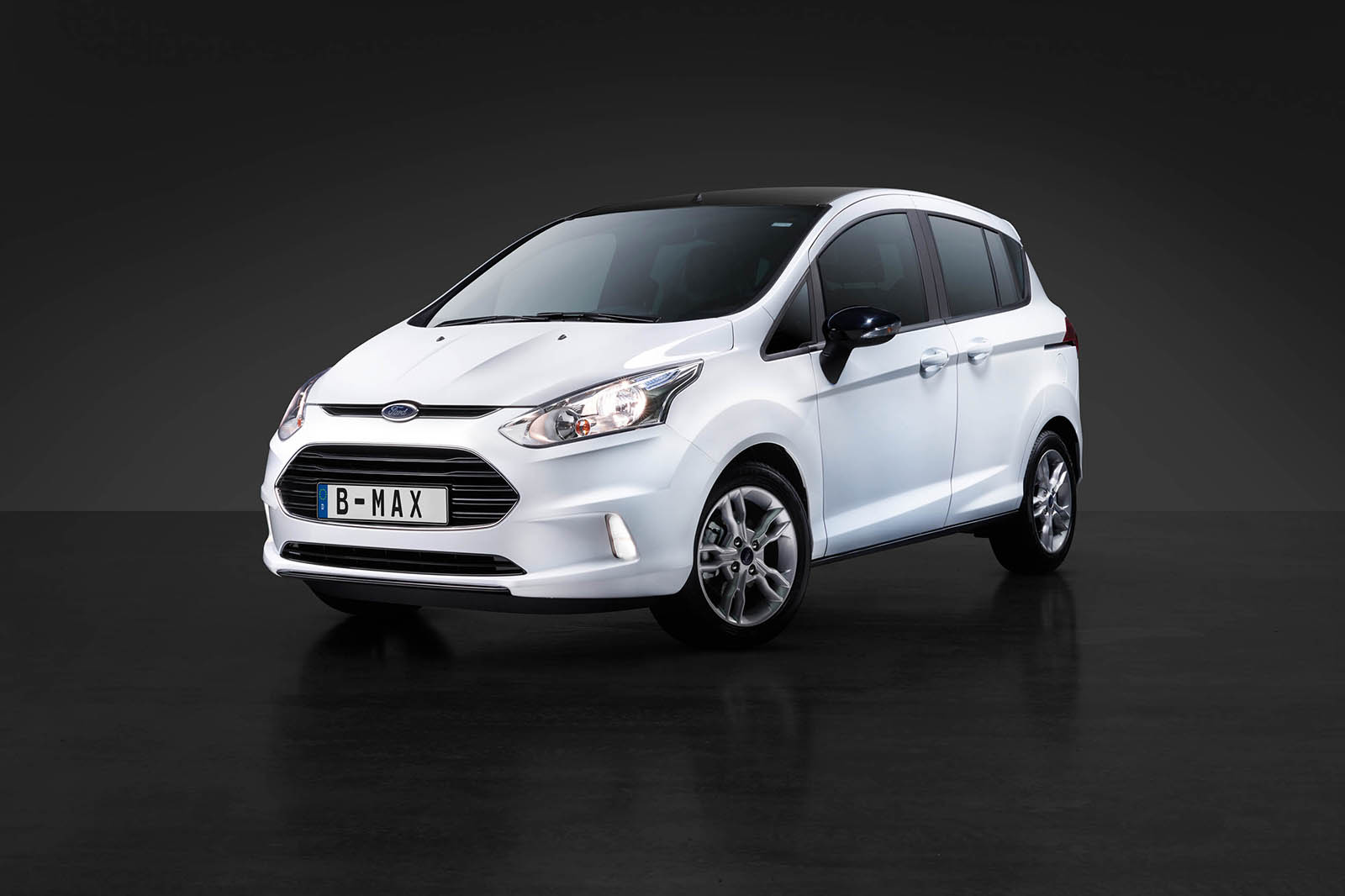
HYUNDAI - UP
- 2016 market share: 3.43%
- 2017 market share: 3.70%
Hyundai will not quite make its long-term target of 100,000 units this year, due to the overall decline in the market. It is still doing well, though, with 30% of sales coming from the profitable Tucson.
HONDA - DOWN
- 2016 market share: 2.19%
- 2017 market share: 2.15%
The new HR-V is not really delivering. Its sales fell by more than 10% in 2017, and the Nissan Juke is outselling it by a ratio of six to one.
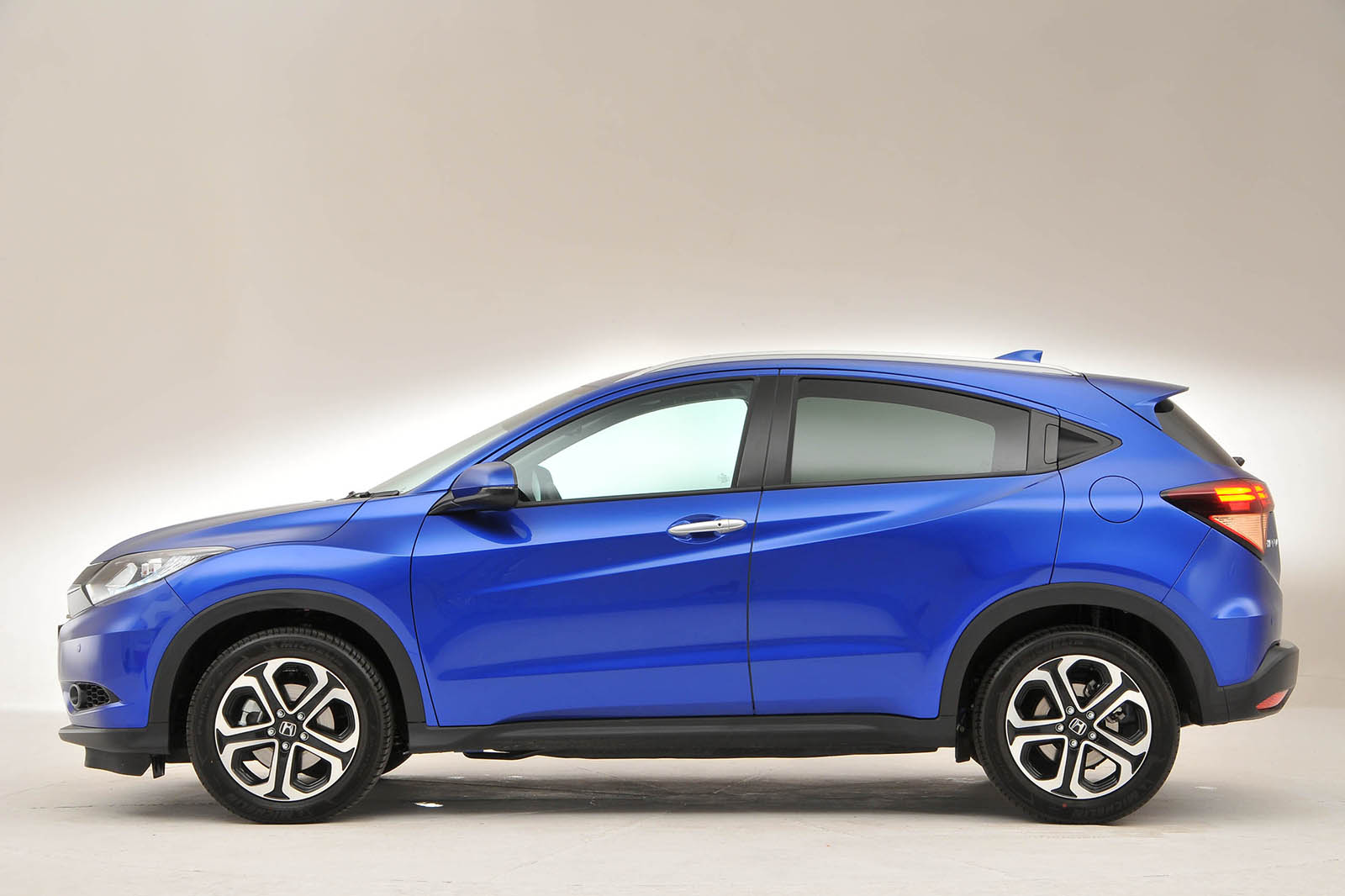
INFINITI - UP
- 2016 market share: 0.11%
- 2017 market share: 0.14%
So much for Q30/QX30 taking Infiniti into the mainstream. Their sales are almost identical to the similarly sized (and similarly misconceived) Lexus CT.
JAGUAR - UP
- 2016 market share: 1.29%
- 2017 market share: 1.40%
The F-Pace (below) is now Jaguar's best-selling model, which bodes well for sales of its smaller sibling, the E-Pace, in 2018.
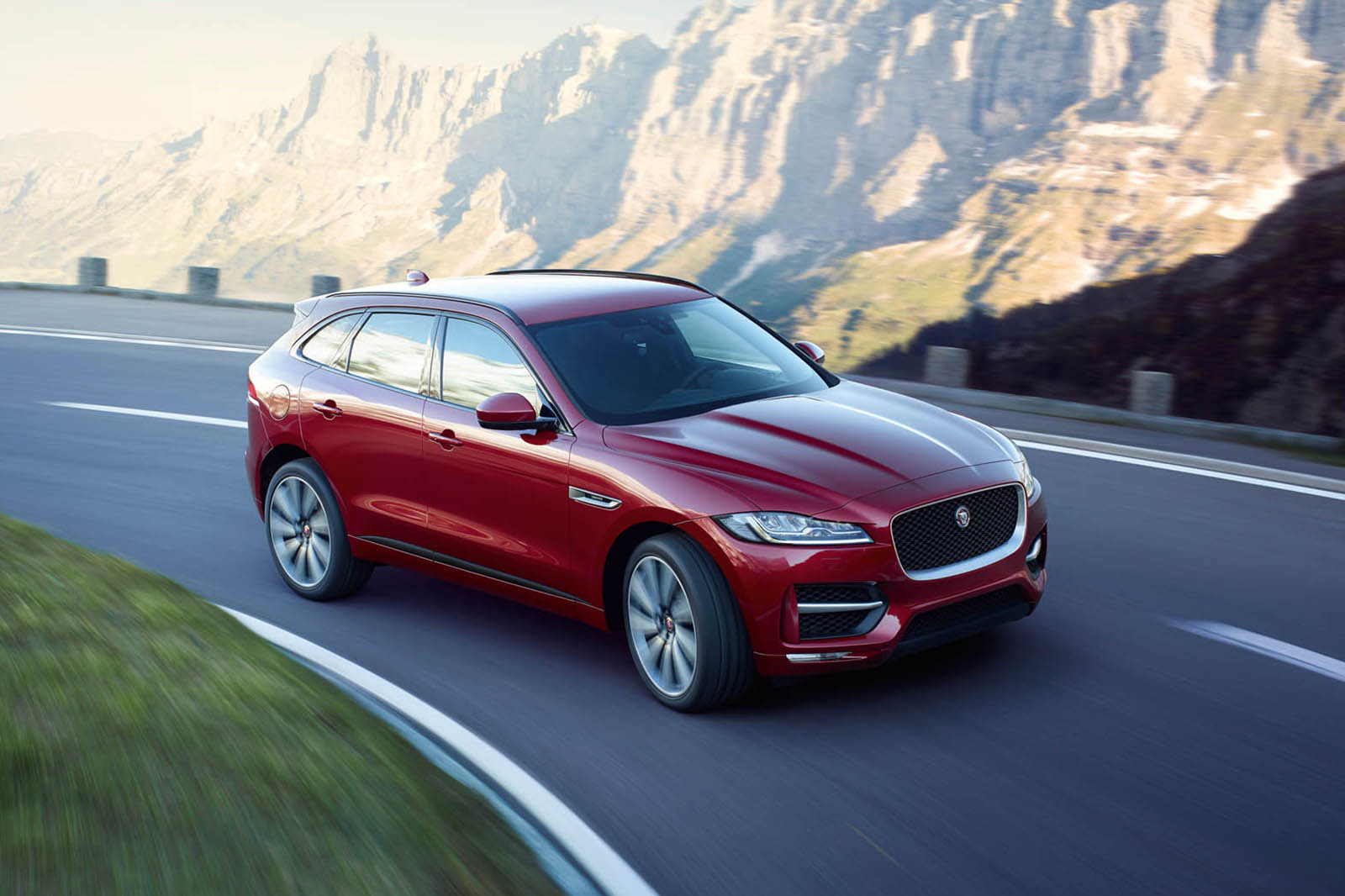
JEEP - DOWN
- 2016 market share: 0.52%
- 2017 market share: 0.26%
A generation ago, the Cherokee competed with the Discovery for top spot in the UK 4x4 market. Today, it cannot outsell the Mitsubishi Shogun, a car most people have forgotten even exists.
KIA - UP
- 2016 market share: 3.32%
- 2017 market share: 3.75%
Remember when Kia just made little economy hatchbacks? Today, more than 45% of its not inconsiderable sales come from the highly profitable Sportage and Sorento crossovers.
LAND ROVER - UP
- 2016 market share: 2.95%
- 2017 market share: 3.29%
Land Rover's market share has overtaken Renault and Peugeot. In terms of sales volume, Land Rover is now just outside the top 10. In terms of sales revenues, it is probably sixth or seventh.
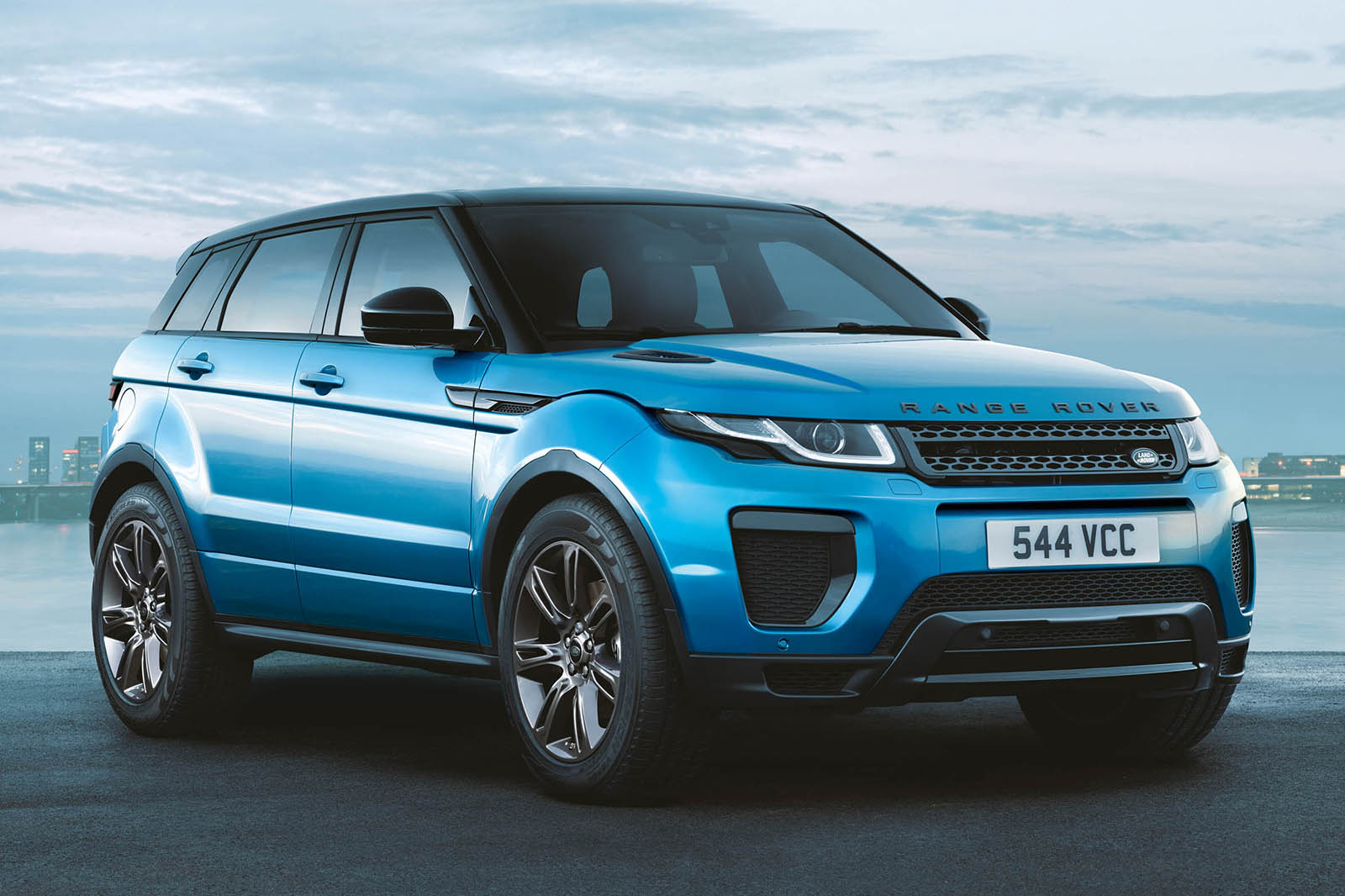
LEXUS - DOWN
- 2016 market share: 0.52%
- 2017 market share: 0.50%
Lexus was doing a bit better in 2016, thanks to rising SUV sales. However, Land Rover's growing dominance seems to have halted the marque's advance.
LOTUS
- 2016 market share: 0.01%
- 2017 market share: 0.01%
It is decades since there has been so much optimism at Hethel. The cars are now being sold at a small profit, and new Chinese owner Geely have a great record of investing in the brands it owns.
MASERATI - UP
- 2016 market share: 0.05%
- 2017 market share: 0.07%
So far, the new range of models has made little progress towards Maserati's target of around 0.2% market share. It all depends on the revised Levante crossover in 2018.
MAZDA - DOWN
- 2016 market share: 1.73%
- 2017 market share: 1.57%
The MX-5 and CX-3 are increasing sales, but the rest of the models are suffering. It can't be easy importing its cars from Japan with the current exchange rate.
NISSAN - UP
- 2016 market share: 5.66%
- 2017 market share: 6.00%
Over the past 10 years, Nissan has added more sales than any other brand in the UK, with the Juke and Qashqai both leading their respective segments.
MERCEDES-BENZ - UP
- 2016 market share: 6.31%
- 2017 market share: 7.14%
Mercedes is likely to finish 2017 as the top German premium brand – the first time that has happened since at least the 1970s.
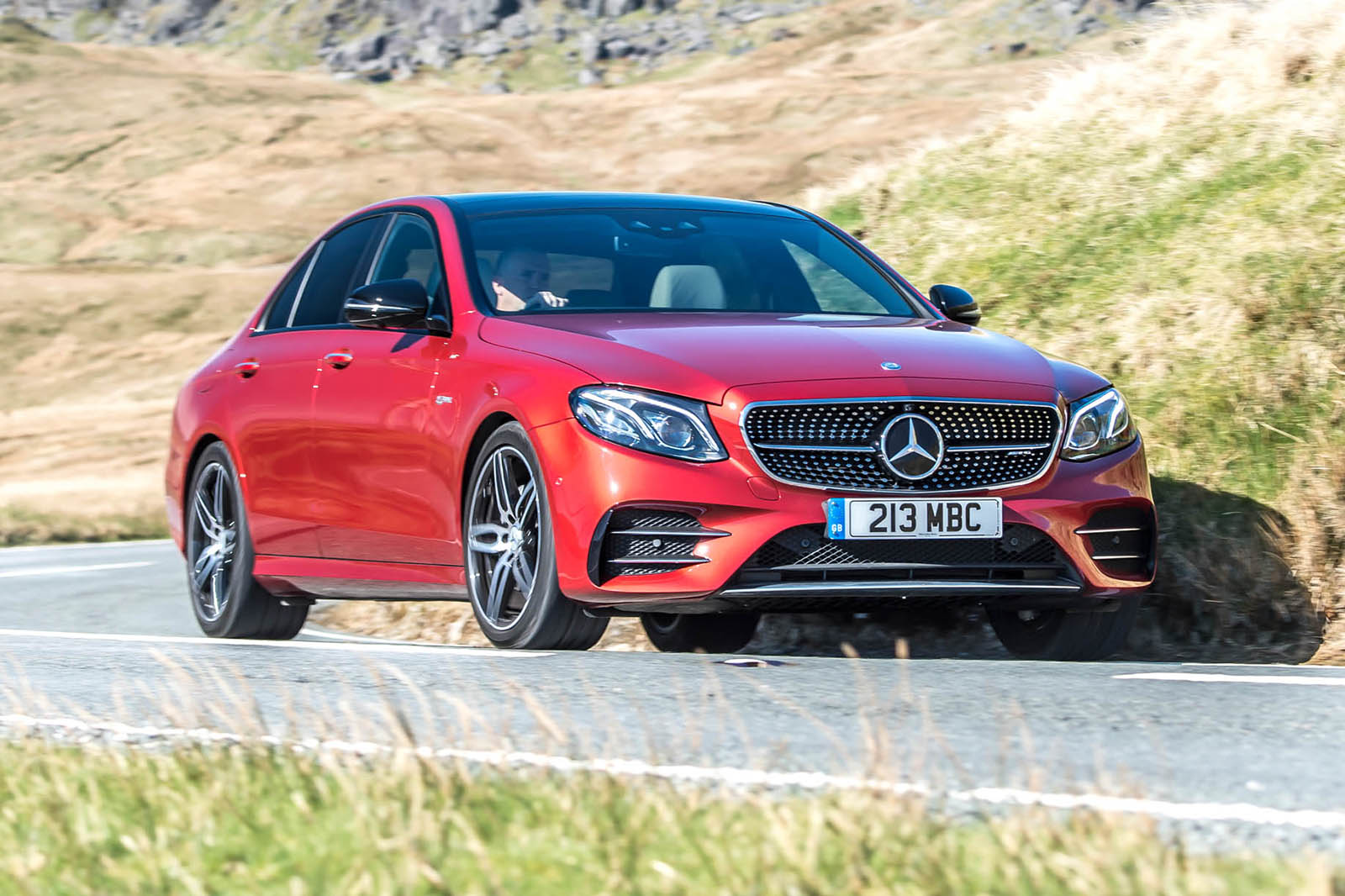
MG - UP
- 2016 market share: 0.16%
- 2017 market share: 0.17%
The new Qashqai-sized crossover, the MG GS, has failed to make an impact despite being launched into one of the most dynamic parts of the market.
MINI
- 2016 market share: 2.56%
- 2017 market share: 2.56%
Mini had a stable 2017, although there is probably room for the new Countryman to boost sales a bit further in 2018.
MITSUBISHI - DOWN
- 2016 market share: 0.68%
- 2017 market share: 0.62%
The reduction in the fiscal incentive to buy the Outlander plug-in hybrid was always going to reduce UK sales in 2017, but increased sales of the ASX have softened the blow somewhat.
PEUGEOT - DOWN
- 2016 market share: 3.66%
- 2017 market share: 3.27%
Sales of hatchbacks fell this year by 30% and those of the 3008 only partly compensated, so the new 5008 will have a lot of work to do in 2018.
 PORSCHE - UP
PORSCHE - UP
- 2016 market share: 0.49%
- 2017 market share: 0.54%
With UK sales of around 15,000 per year, Porsche is no longer a niche brand. It is also no longer a specialist sports car brand: the Macan now accounts for more than 40% of sales.
RENAULT - DOWN
- 2016 market share: 3.16%
- 2017 market share: 2.76%
Renault has become a kind of Nissan tribute band in the UK: half its sales come from the Captur (follow-on from Juke) and Kadjar (follow-on from Qashqai). In both cases, the Nissans sell much better.
ROLLS-ROYCE
- 2016 market share: 0.02%
- 2017 market share: 0.02%
Sales remained stable in 2017, despite the absence of the Phantom. With the new Phantom and Cullinan, sales could rise in 2018 – in a suitably stately fashion, of course.
SEAT - UP
- 2016 market share: 1.76%
- 2017 market share: 2.19%
Once Skoda became part of Volkswagen, Seat staggered around the market like a man wearing a blindfold. It is finally getting its act together with the excellent Ateca (above), and there is room for more growth.
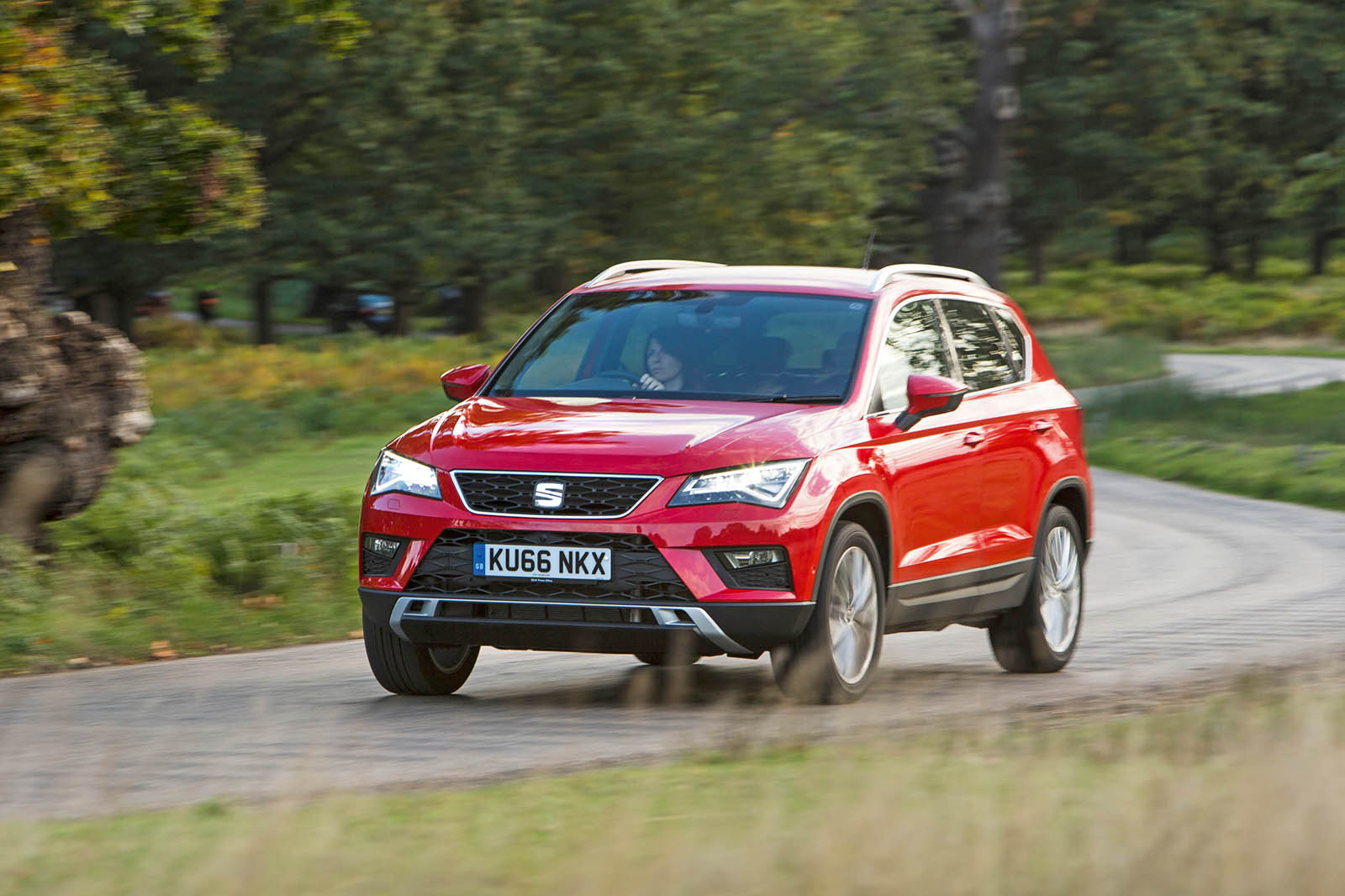
SKODA - UP
- 2016 market share: 2.98%
- 2017 market share: 3.07%
The new Kodiaq has had a great start, helped by its Superb-like price-to-size ratio. Next year comes the new Karoq compact crossover – the outgoing Yeti will be one tough act to follow.
SMART - DOWN
- 2016 market share 0.45%
- 2017 market share: 0.41%
Maybe the Fortwo can become an autonomous electric city shuttle. Its future as a conventional car seems limited.
SSANGYONG - DOWN
- 2016 market share: 0.17%
- 2017 market share: 0.14%
Sales of the all-new Tivoli small crossover have fallen by more than 30% to well under 2000 a year. If Ssangyong can't sell that, what can they sell?
SUBARU - DOWN
- 2016 market share: 0.13%
- 2017 market share: 0.10%
Not a single model manages to sell more than 1000 units per year. To most UK buyers, Subaru has fallen off the radar.
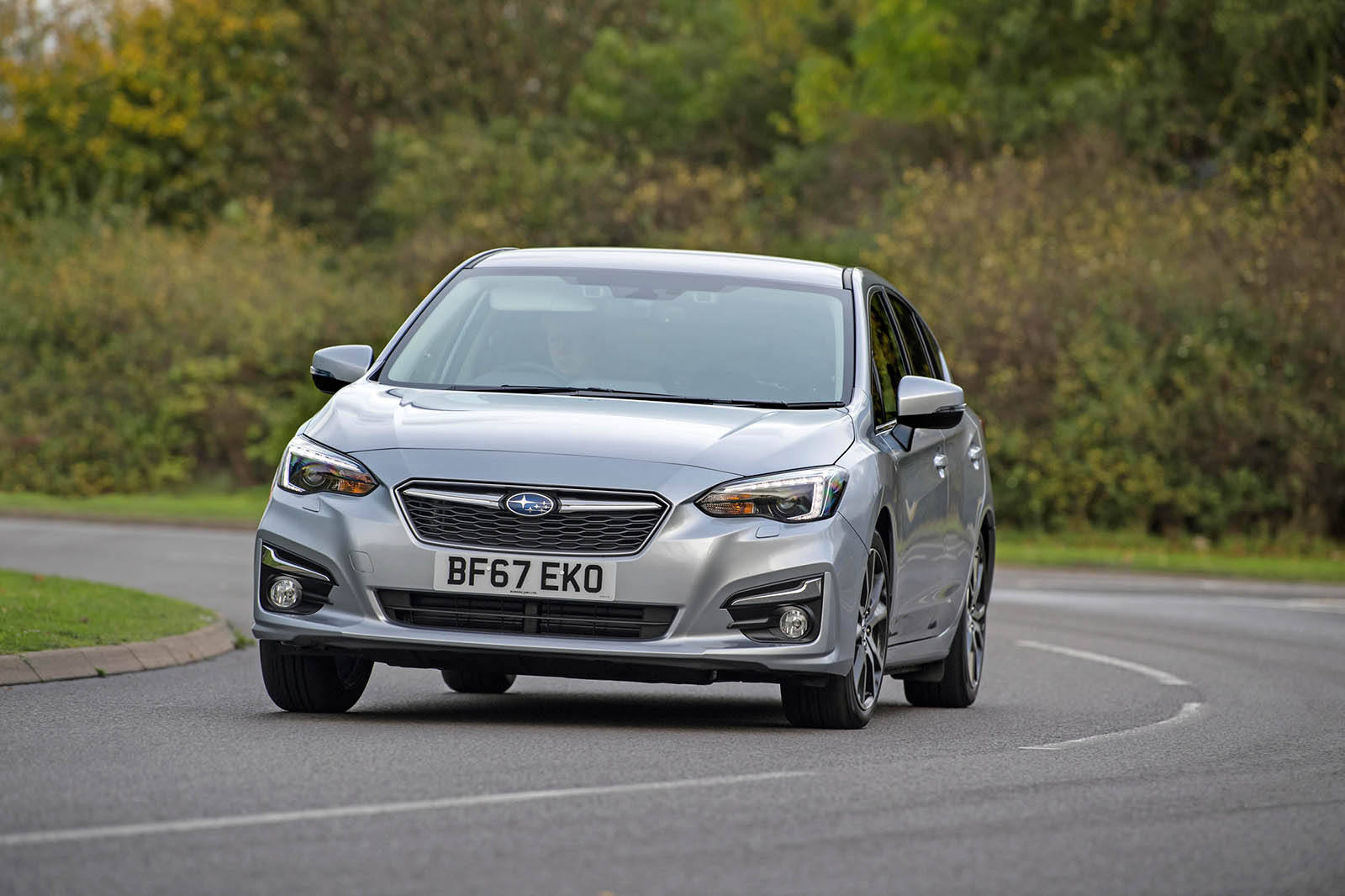
SUZUKI - UP
- 2016 market share: 1.42%
- 2017 market share: 1.59%
The new Ignis is doing well but stealing some sales from the Swift. Suzuki is well placed – it was making small 4x4 hatches long before anyone had coined the term 'crossover'.
VAUXHALL - DOWN
- 2016 market share: 9.32%
- 2017 market share: 7.61%
Vauxhall's sales are melting away like snow in the spring sunshine. It will probably finish the year behind VW amid collapsing sales of the Corsa (down almost 30%) and Insignia (down more than 40%).
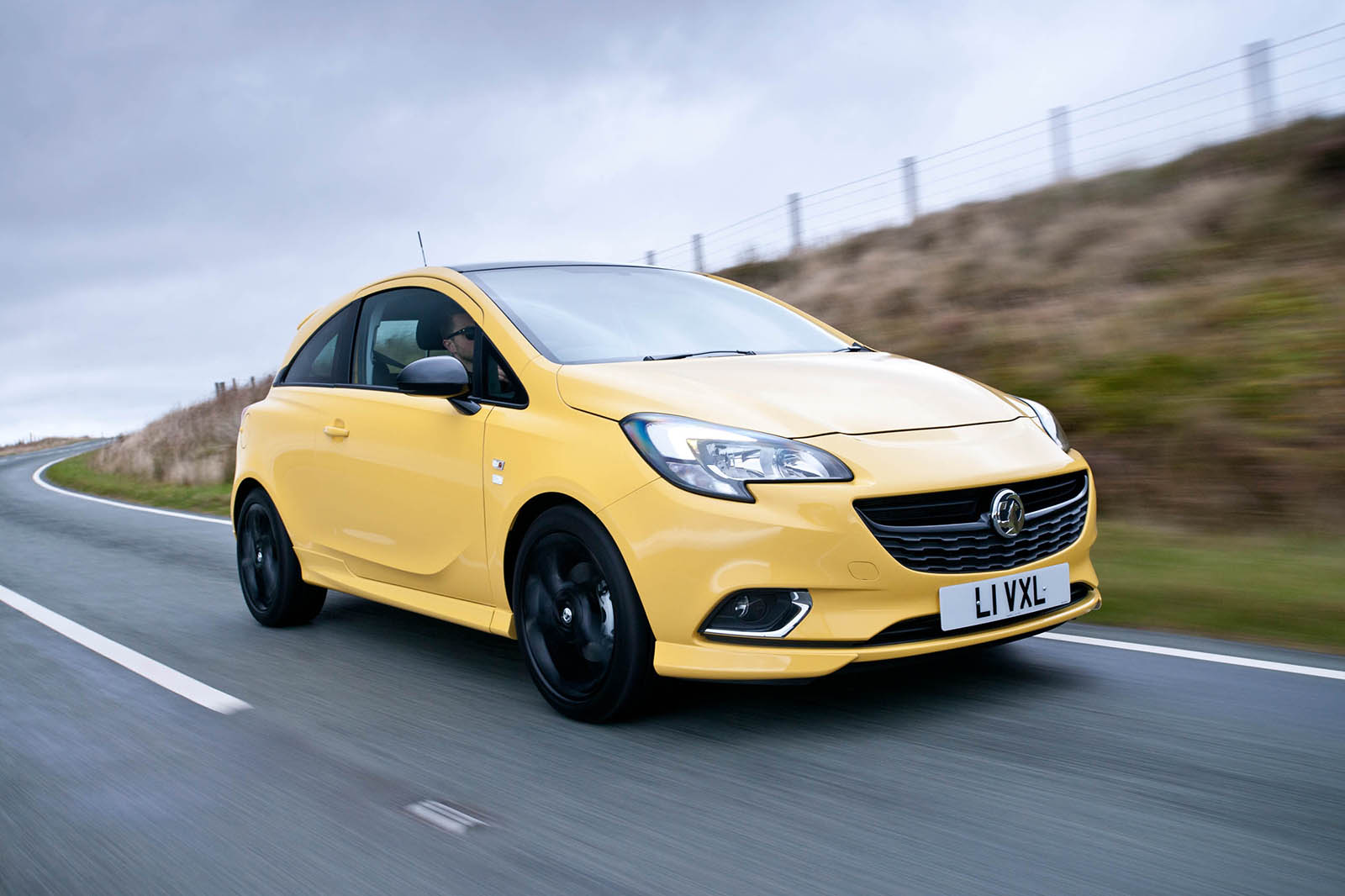
TOYOTA - UP
- 2016 market share: 3.59%
- 2017 market share: 4.05%
All the growth has come from the new Qashqai-sized C-HR crossover, which has got off to a very good start. Meanwhile, Toyota's traditional models, from the Aygo to the Avensis, are fading.
VOLKSWAGEN - UP
- 2016 market share: 7.69%
- 2017 market share: 8.09%
Scandal, what scandal? Market share is at record levels, with the Golf now running neck-and- neck with the Ford Focus and the Tiguan increasing sales by more than 50%.
VOLVO - UP
- 2016 market share: 1.73%
- 2017 market share: 1.80%
Fighting the German premium brands is never easy, but Volvo is making progress. Sales increases are coming from the S/V/XC 90 at the top of the Chinese-owned Swedish firm's range, showing that Volvo is an increasingly credible premium player.
It was a good year to be selling…
Mid-size crossovers: Qashqai-sized models were up more than 20%
Executive crossovers: Models like the Evoque (below) were up 18%
Compact executives: Curiously, the only non-crossover segment to expand (up 6%)
It was a bad year to be selling...
Small MPVs: Both B-Max and C-Max segments fell by more than 20%
Small hatchbacks: City cars and superminis fell by more than 10%
Large family cars: The 'D' segment fell by over 25% and seems to be heading for extinction
Read more
The winners and losers of 2016's UK car market
Jaguar E-Pace review
Aston Martin DB11 review
BMW 3 Series review